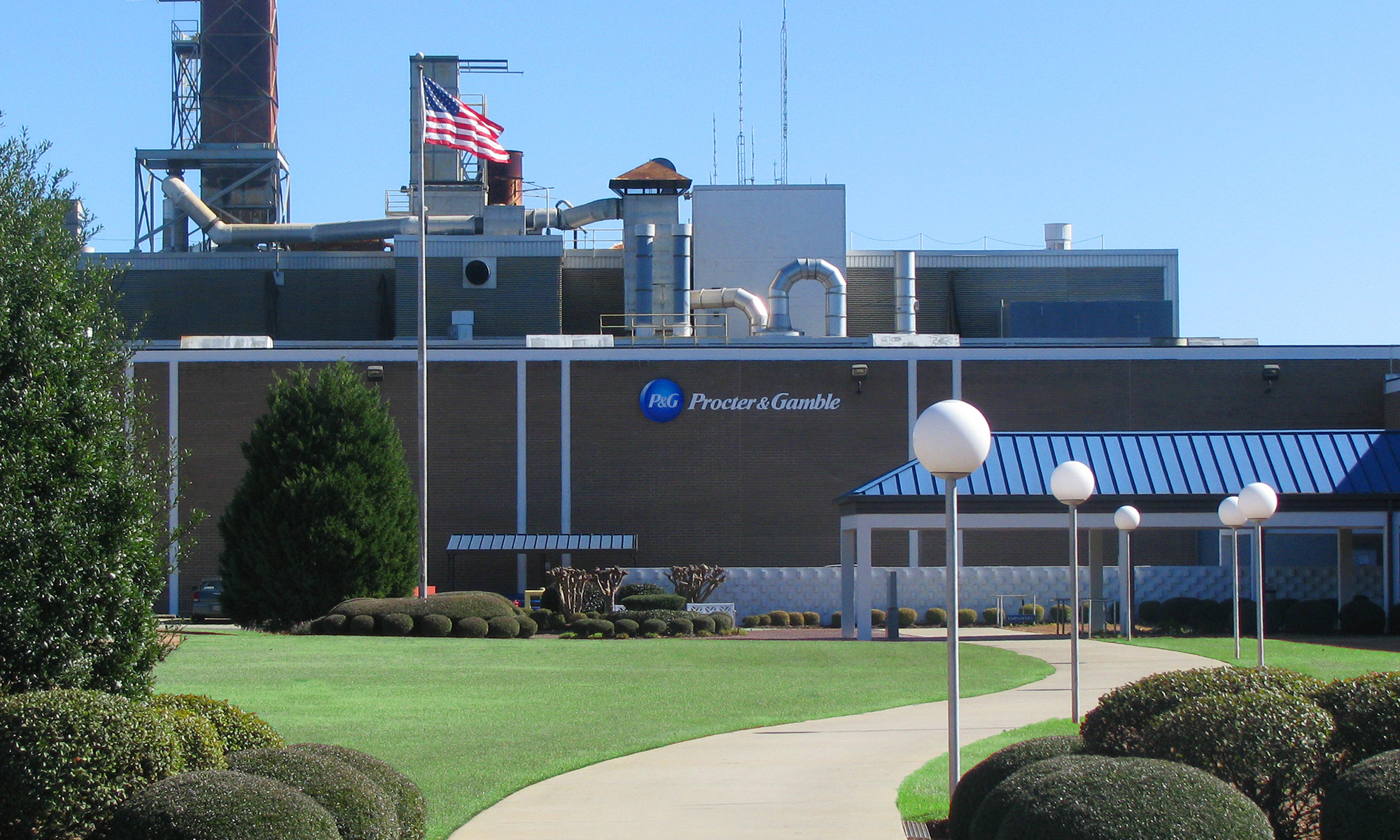Procter & Gamble (PG 1.31%) just kicked off its fiscal 2017 with a bang. Organic sales rose in each of its five product divisions thanks to a good mix of higher volume and increasing prices.
The healthcare segment stood out from the rest, though, with revenue growth that was far above the company's overall 3% result:
|
Segment |
Organic Volume |
Organic Sales |
|---|---|---|
|
Beauty |
2% |
3% |
|
Grooming |
3% |
3% |
|
Healthcare |
5% |
7% |
|
Fabric and home care |
4% |
4% |
|
Baby, feminine, and family care |
4% |
2% |
Data source: Procter & Gamble.
A small but important segment
Healthcare is worth 11% of P&G's sales (and 12% of profits), making it a relatively small division. For perspective, fabric and home care, which sports the Tide detergent brand, is much bigger and accounts for almost one-third of sales, as does the Pampers-led baby-care segment.

Image source: P&G.
The healthcare division does include a few powerhouse brands, such as the Crest and Oral-B franchises that together own 20% of the global market share for toothpaste. That puts P&G in an impressive second place in this category, but still far behind leader Colgate-Palmolive (CL +0.61%) and its dominant 45% market share. Thanks in part to that leadership, Colgate was able to boost organic sales by almost 5% last quarter, besting P&G by 2 percentage points.
Rounding out the major brands in the healthcare division are P&G's Prilosec and Vicks brands, which hold strong global positions in their respective markets, for treating heartburn and fighting flu symptoms.
The latest results
P&G managed solid growth in oral care last quarter, with especially strong volume gains in developing markets. The China geography saw big gains with Oral-B toothbrushes and toothpastes. Antiaging skin creams were also a hit there.
Results were even better in the personal care niche, which expanded at a double-digit pace. In fact, P&G likely clawed back some market share from global rivals this quarter. Johnson & Johnson, for example, only managed flat health-product sales at its latest quarterly check-in.

P&G's core categories. Image source: P&G investor presentation.
Overall, P&G's healthcare segment's 7% organic sales jump was powered by 5% higher volumes, and a 2-percentage-point contribution from increased pricing and a more favorable mix of product sales.
Yet P&G can't claim a full rebound even in its best-performing division. The company gave up 0.3 percentage points of market share last quarter, and while that's an improvement over fiscal 2016's 0.7% decline, it still amounts to lost business. P&G is still headed in the wrong direction -- just at a slower pace.
Looking ahead
Innovative products are the company's most effective tools for producing sustainable growth, and that's why it's such a challenge for the business that P&G hasn't managed a new billion-dollar brand launch in years. There's plenty of growth opportunities in strengthening the products it already has, though. P&G can also keep healthcare sales growth chugging along with stepped-up advertising spending and more aggressive trial product offerings. These two initiatives have been key drivers behind its growing business momentum over the last six months.
It's likely that segment growth will slow over the next few quarters, given weak overall selling conditions and the fact that P&G executives expect organic sales to weigh in at 2% for the full year (for a decline from last quarter's 3% pace). Still, there's room in that forecast for the healthcare segment -- whose growth pace worsened to 2% last year from 4% in fiscal 2015 -- to achieve a decent turnaround this year.






